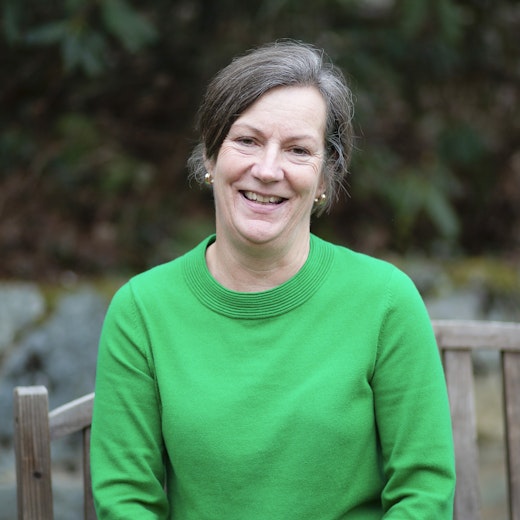If you read about the history of the development of summer camps in the United States, connecting children with the great outdoors was one of the primary purposes. Summer camps began developing in the post-Civil War years as industrialization developed and the masses began moving to cities. Parents were seeking ways to continue connecting their children to the land as the population became more concentrated in urban areas. I do not think anyone can deny that the masters of living off the land were the Native Americans. Their respect and care for their natural environment was unparalleled.
When Daddy made this decision, Indian lore figured very prominently in summer camp programs. Many books from that era and earlier highlighted the many ways to incorporate the perceived Native American traditions into woodcraft, hiking, camping and campfire programs. Yes, this was open to all kinds of individual interpretation and cultural appropriation in serving the purposes of the various camp programs. For my father, Keystone was located close to the Cherokee tribe. The Shawnees had been close by in Kentucky, and he had grown up in Florida, home to Seminoles. Daddy was a tremendous student of American History, and a former history teacher. Additionally, the neighborhood close to my parents’ first house consists of street names reflecting the many different Native American Tribes. I am guessing that his decision to use tribe names for the new teams at Keystone seemed very logical at the time.
As noted, though, times are changing. We are becoming so much more aware of how our interpretation of others’ cultures impacts those who belong to the culture. So often, the use of a tribal name devolves into a tomahawk chop, a headdress, or face paint with no consideration of the heritage and traditions that define the Native American Tribe. When we examine what we want to instill in our girls, the team names no longer work for us.







